Table of Contents[Hide][Show]
If you’re battling oily skin and clogged pores, you’re not alone. According to the International Dermal Institute, about 50% of adults between 20-30 years old struggle with oily skin. You might have heard that using facial oils can actually help balance your skin. It’s true – the right oils can work wonders for oily complexions.
Many people with oily skin turn to oils as part of their skin care routine, but not all oils are created equal. Selecting the wrong type can:
- Increase sebum production and shine
- Clog pores and trigger breakouts
- Exacerbate skin congestion
- Leave your skin feeling heavy and greasy
Understanding which essential oil ingredients to avoid is crucial for maintaining a clear, balanced complexion. In this guide, we’ll reveal 10 types of oils that could be sabotaging your skin care efforts. You’ll learn how to decipher product labels, identify potentially problematic ingredients, and choose oils that can truly benefit your oily skin.
Understanding Oils and Oily Skin: The Science Behind Fatty Acids
Before we dive into the oils to avoid, it’s crucial to understand why some oils are problematic for oily skin while others can be beneficial. The key lies in their fatty acid composition.
The Role of Fatty Acids in Skin care
Oils are primarily composed of fatty acids, with two types being particularly relevant for skin care:
- Oleic Acid: This monounsaturated fatty acid has a thicker consistency. Oils high in oleic acid tend to be heavier and potentially more comedogenic (pore-clogging).
- Linoleic Acid: A polyunsaturated fatty acid found in lighter-textured oils. It’s generally considered less comedogenic and may even help maintain the skin’s barrier function.
A study of National Institutes of Health have shown that people with oily, acne-prone skin often have lower levels of linoleic acid in their natural sebum. This might explain why some oils high in linoleic acid can actually help balance oily skin.
Do Fatty Acids Clog Pores?
The relationship between fatty acids and clogged pores isn’t straightforward. Oleic acid itself does not have a comedogenic rating because it’s not applied to skin in isolation. Some oils high in oleic acid, like olive and avocado oils, have low comedogenic ratings and are unlikely to clog pores. Similarly, linoleic acid is often associated with non-comedogenic properties, but this is not always the case.
The potential for an oil to clog pores depends on multiple factors, not just its fatty acid composition. These factors include molecular size and shape, oil saturation, and the presence of other phytochemicals. For example, Argan oil, with 50% oleic acid and 40% linoleic acid, is considered excellent for various skin types and may contribute to a healthy-looking complexion.
When evaluating skincare oils, it’s crucial to consider the entire formulation rather than just the fatty acid profile. The overall balance of ingredients and how they interact determines how the product affects your skin. Individual skin responses vary greatly, so an oil that works well for one person may cause breakouts for another, regardless of its fatty acid composition.
10 Oils To Avoid In Skin Care For Oily Skin
What this means is that as we look at natural ingredients to avoid oily skin in skin care—which are mostly oils and butters—we have to consider how the essential fatty acids in these oils will interact and potentially affect oily skin.
To help understand the potential impact of various oils on oily and acne-prone skin, we often refer to the comedogenic scale. This scale, originally developed in the 1970s by dermatologists, rates ingredients from 0 to 5 based on their likelihood to clog pores:
- 0 = Non-comedogenic (won’t clog pores)
- 1 = Slightly comedogenic
- 2 = Moderately comedogenic
- 3 = Moderately comedogenic
- 4 = Fairly comedogenic
- 5 = Highly comedogenic
However, it’s important to note that an oil’s effect on your skin isn’t solely determined by its comedogenic rating. Other factors, such as the oil’s specific composition and your individual skin type, also play crucial roles.
With this in mind, let’s explore 10 types of oils you should approach with caution if you have oily skin and are prone to clogged pores. We’ll consider not just their comedogenic ratings, but also their composition and potential effects on oily skin:
1. Wheat Germ Oil
Wheat germ oil is particularly high in linoleic acid (55-60%), which is typically beneficial for acne-prone skin. However, it also contains significant amounts of palmitic acid (16-20%) and oleic acid (14-22%). It’s not just the fatty acid profile that’s problematic, though. The oil’s overall thickness and viscosity play a crucial role in its pore-clogging potential.
When applied to oily skin, wheat germ oil can create an occlusive barrier that traps sebum, sweat, and bacteria beneath the surface. This environment is perfect for breeding acne-causing bacteria and forming comedones.
Wheat germ oil is also rich in vitamin E, with concentrations up to 2,500mg/kg. While vitamin E is an antioxidant, such high concentrations can be irritating to sensitive or acne-prone skin.
This oil tops the comedogenic scale with a rating of 5 out of 5, making it one of the most likely oils that clog your pores.
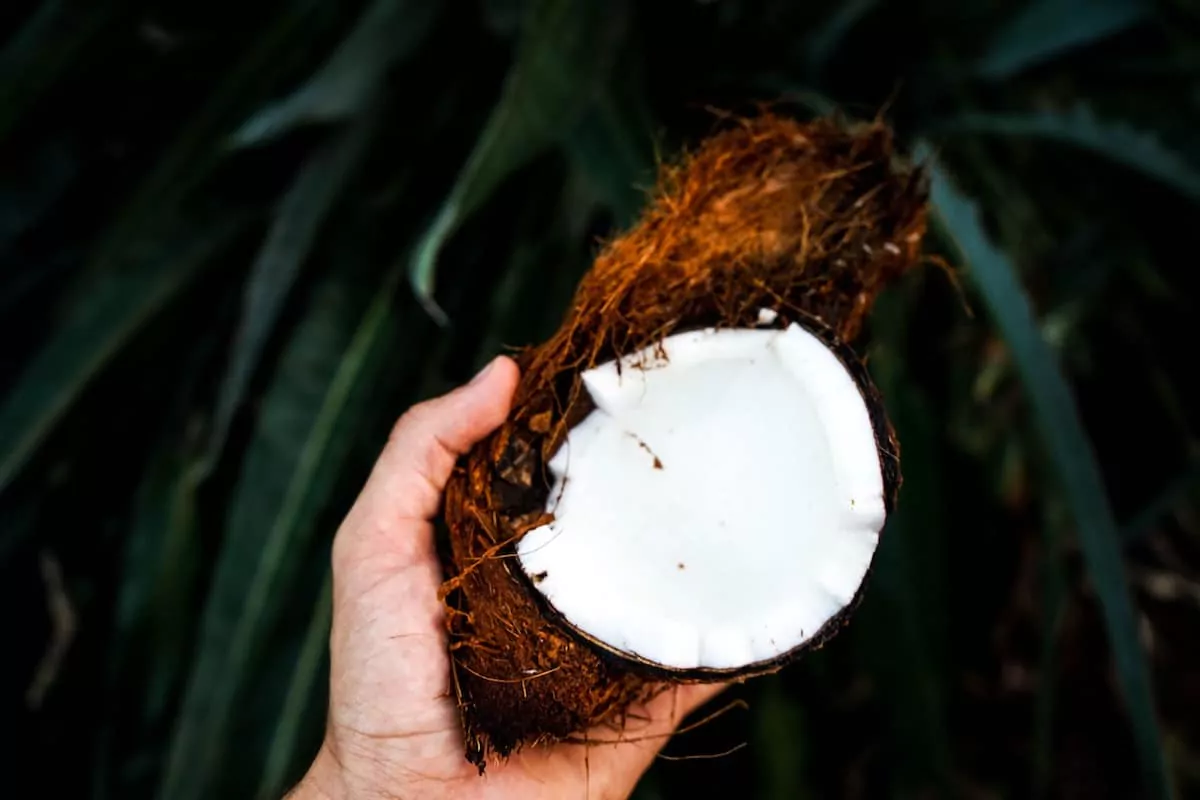
2. Unfractionated Coconut Oil
Unfractionated coconut oil, also known as virgin or extra-virgin coconut oil, is the most common form of coconut oil used in skin care. Unlike its fractionated counterpart, unfractionated coconut oil retains all of its natural components, including long-chain fatty acids, which give it a solid consistency at room temperature.
This oil has a comedogenic rating of 4 out of 5, indicating a high likelihood of clogging pores, especially for those with oily or acne-prone skin.
The high concentration of lauric acid, while beneficial for its antimicrobial properties, can be particularly problematic for oily skin. Lauric acid in unfractionated coconut oil can disrupt the skin’s natural barrier function when used in high concentrations, potentially exacerbating oiliness and clogged pores in susceptible individuals.
Unveiling the truth about coconut oil and breakouts. Unfractionated coconut oil’s solid state at room temperature means it doesn’t absorb easily into oily skin. Instead, it tends to sit on the skin’s surface, creating an occlusive layer that can trap sebum, bacteria, and dead skin cells, leading to clogged pores and potential breakouts.
A study published in the Journal of Cosmetic Science examined the effects of various oils on skin barrier function. The researchers found that unfractionated coconut oil significantly increased transepidermal water loss (TEWL) in participants with oily skin, suggesting it may compromise rather than strengthen the skin barrier in this skin type.
It’s generally recommended that unfractionated coconut oil is one of the ingredients to avoid oily skin in skin care routines.
3. Cocoa Butter
Cocoa butter, derived from cocoa beans, is rich in fatty acids and antioxidants, making it a popular ingredient in many skin care products. However, its high comedogenic rating of 4 out of 5 makes it unsuitable for oily and acne-prone skin types.
The primary fatty acids in cocoa butter are:
- Oleic acid (29–38%)
- Stearic acid (24–37%)
- Palmitic acid (24-30%)
These fatty acids, particularly oleic acid, may contribute to the appearance of clogged pores. The occlusive nature of cocoa butter creates a barrier on the skin’s surface, which can trap sebum and bacteria, leading to breakouts in oily skin types.For those with oily skin who still want to reap these cocoa butter benefits, consider looking for products that contain cocoa extracts rather than pure cocoa butter. These can provide antioxidant benefits without the pore-clogging risk.
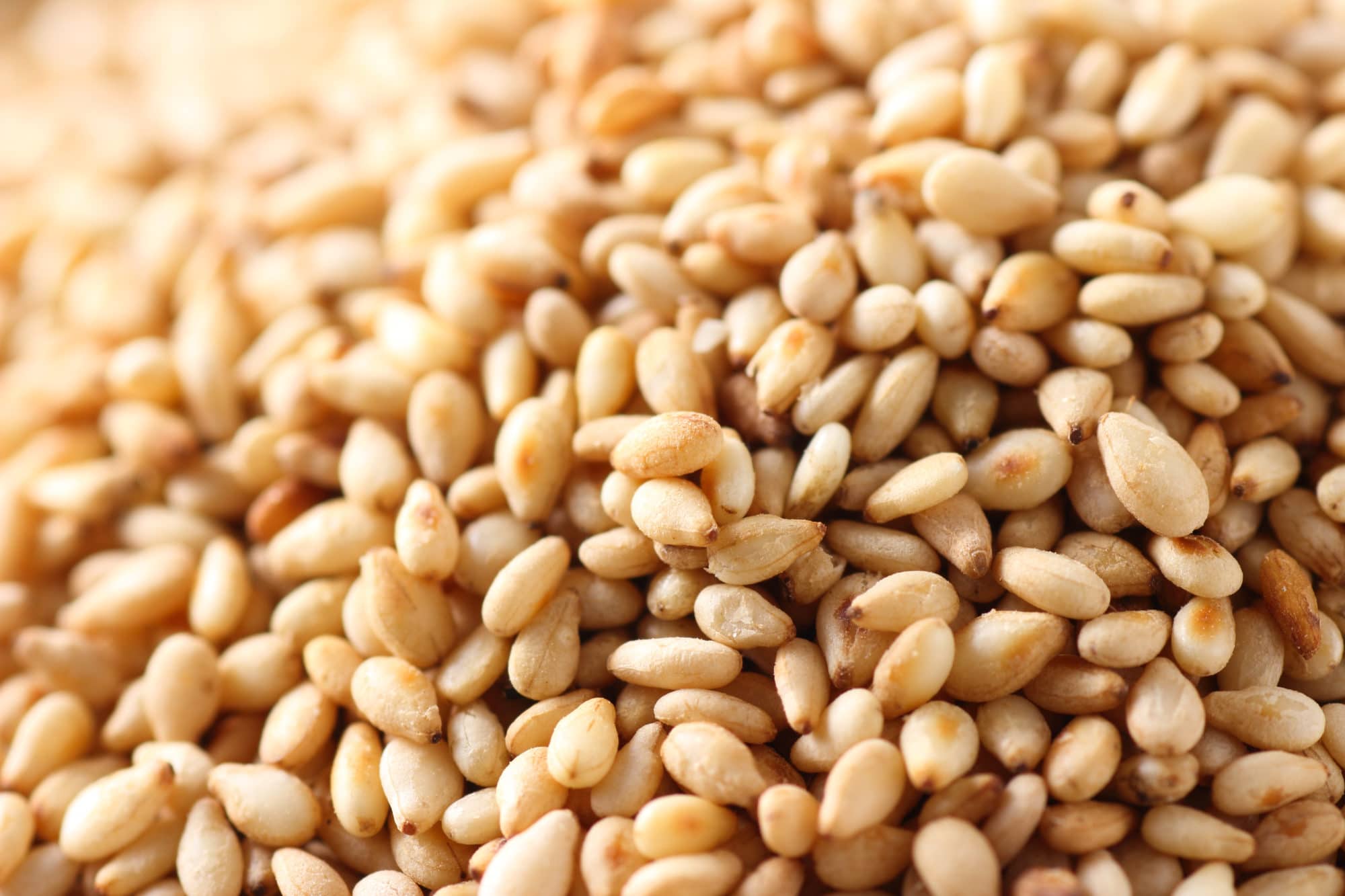
Build Your Perfect Skin Care Regimen
Take Quiz4. Sesame Oil
In skin care, it’s often praised for its antioxidant and anti-inflammatory properties. However, for those with oily or acne-prone skin, sesame oil can be more foe than friend.
With a comedogenic rating of 3 out of 5, sesame oil sits squarely in the “moderate” range for pore-clogging potential. This rating stems from its unique fatty acid profile, which includes 36–42% oleic acid, 42–48% linoleic acid, 8–12% palmitic acid, and 5–6% stearic acid. It’s the high oleic acid content that raises red flags for oily skin types.
While sesame oil does contain beneficial compounds like vitamin E and sesamol, its high oleic acid content can be problematic for oily skin. Oleic acid may affect the appearance of acne-prone skin.
A study of International Journal of Molecular Sciences found that oleic acid can induce comedones (clogged pores) and exacerbate acne lesions. The researchers noted that oils high in oleic acid, like sesame oil, should be avoided by individuals with oily or acne-prone skin.
5. Avocado Oil
Avocado oil, extracted from the pulp of avocados, has a comedogenic rating of 3 out of 5, indicating a moderate likelihood of clogging pores. Its composition includes:
- Oleic acid (66-68%)
- Palmitic acid (12-13%)
- Linoleic acid (14-15%)
- Palmitoleic acid (2-8%)
Despite its beneficial content of vitamins A, D, and E, the high percentage of oleic acid in avocado oil makes it potentially problematic for oily and acne-prone skin types. Oleic acid can disrupt the skin barrier and increase inflammation in acne-prone skin.
Use the benefits of avocado oil on other areas of the body, like on your cuticles, or for a massage!
6. Soybean Oil
Soybean oil, extracted from soybeans, has a comedogenic rating of 3 out of 5, indicating a moderate likelihood of clogging pores. Its composition includes:
- Linoleic acid (51-57%)
- Oleic acid (23-29%)
- Palmitic acid (10-12%)
- Linolenic acid (5-11%)
- Stearic acid (4-5%)
Despite its high content of beneficial linoleic acid, the overall composition of soybean oil can be problematic for oily skin types. The oil’s viscosity and occlusive properties can create a barrier on the skin surface, potentially trapping sebum and leading to breakouts.
7. Shea Butter
Unlike some of the other oils on this list, shea butter has a relatively low comedogenic rating, ranging from 0-2 depending on its processing and purity. This might lead you to believe it’s safe for all skin types. However, its unique composition and properties mean it can still be problematic for those with oily skin.
Shea butter is rich in fatty acids, including 34-62% oleic acid, 20-56% stearic acid, 1-11% linoleic acid, and 2-10% palmitic acid. It’s also packed with vitamins A and E, which offer antioxidant benefits. While this nutrient profile can be incredibly nourishing for dry skin, it can spell trouble for oily skin types.
The high oleic acid content and the butter’s overall occlusive nature can create a barrier on the skin that traps excess sebum and bacteria.
If you’re intrigued by the beauty benefits of shea butter but worried about its effects on your oily skin, consider looking for products that contain shea butter lower on the ingredient list. This way, you might be able to reap some of its nourishing benefits without overwhelming your skin.
8. Almond Oil
Almond oil, derived from sweet almonds, has a comedogenic rating of 2 out of 5, indicating a low to moderate likelihood of clogging pores. Its composition includes:
- Oleic acid (62-86%)
- Linoleic acid (10-15%)
- Palmitic acid (4-9%)
- Stearic acid (0.5-3%)
While almond oil is less comedogenic than some other oils on this list, its high oleic acid content can still be problematic for oily skin types. The oil’s emollient properties can create a barrier on the skin surface, potentially trapping sebum and bacteria.
A comparative study in the Journal of Cosmetic Dermatology examined the effects of various plant oils on skin barrier function and sebum production. Almond oil was found to increase sebum production in participants with oily skin, suggesting it may not be suitable for this skin type.
Almond oil’s occlusive nature can create a barrier on the skin’s surface. While this can be advantageous for dry skin types, it can be a little too heavy for oily skin. The occlusion may trap dirt and impurities, making it a less favorable option for maintaining a clear complexion.
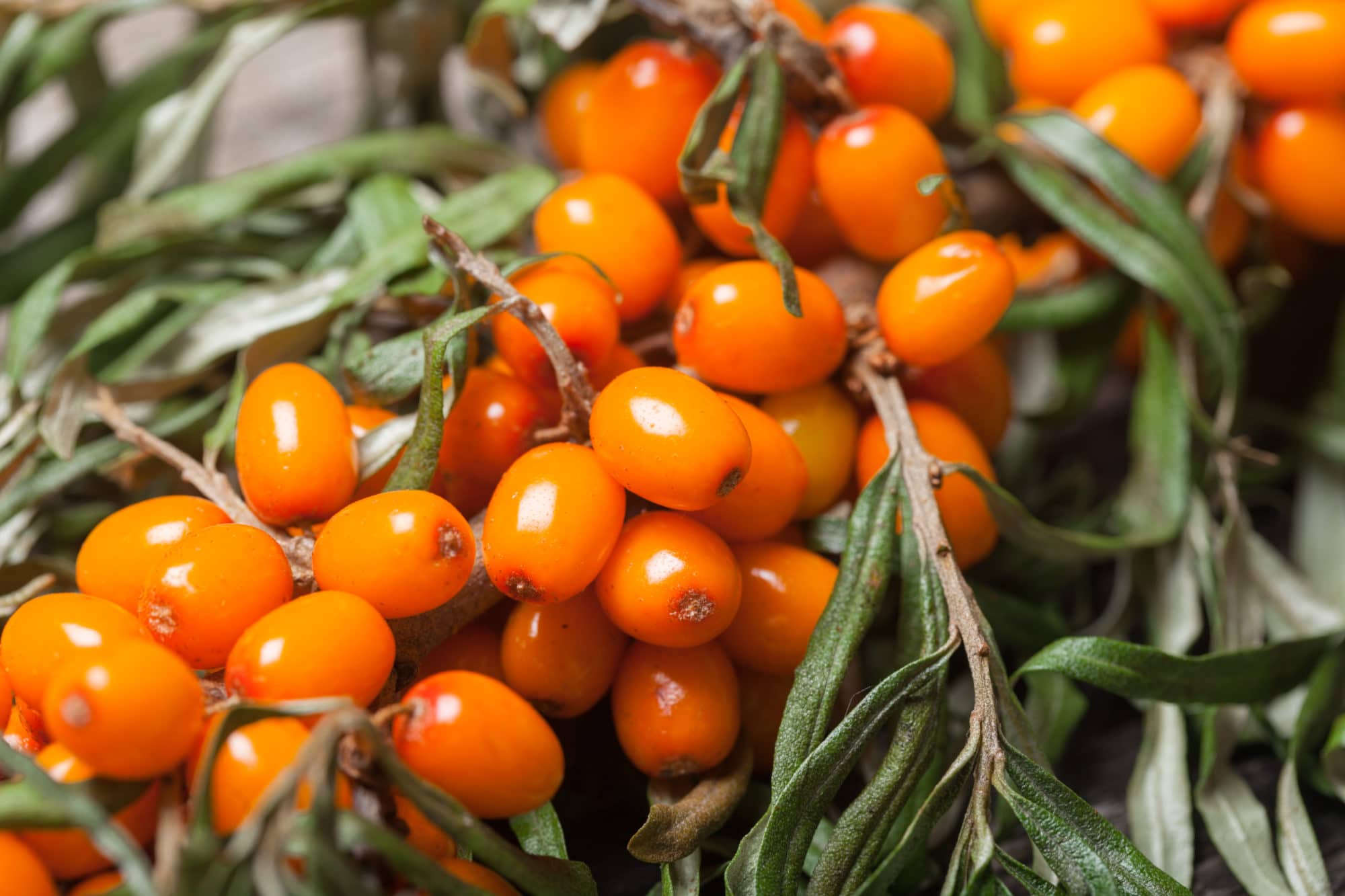
9. Sea Buckthorn Oil
Sea buckthorn oil, derived from the berries and seeds of the sea buckthorn plant, has been making waves in the skin care world. Known for its bright orange color and rich nutrient profile, this oil promises a host of benefits from anti-aging to wound healing. But for those with oily, acne-prone skin, sea buckthorn oil might not be the miracle worker it’s often touted to be.
At first glance, sea buckthorn oil seems like it should be safe for all skin types. It has a low comedogenic rating of 1 out of 5, suggesting it’s unlikely to clog pores. However, its unique composition makes it a potential troublemaker for oily skin.
Sea buckthorn oil is rich in a rare fatty acid called palmitoleic acid (omega-7), which makes up to 43% of its composition. It also contains significant amounts of palmitic acid (15 to 20%), oleic acid (12–33%), and linoleic acid (6-33%). While this fatty acid profile contributes to the oil’s skin-nourishing properties, it’s the high content of palmitoleic acid that can be problematic for oily skin types.
Palmitoleic acid is similar in structure to human sebum. While this can make it beneficial for dry or mature skin, it can potentially contribute to excess oiliness and pore congestion in already oily skin.
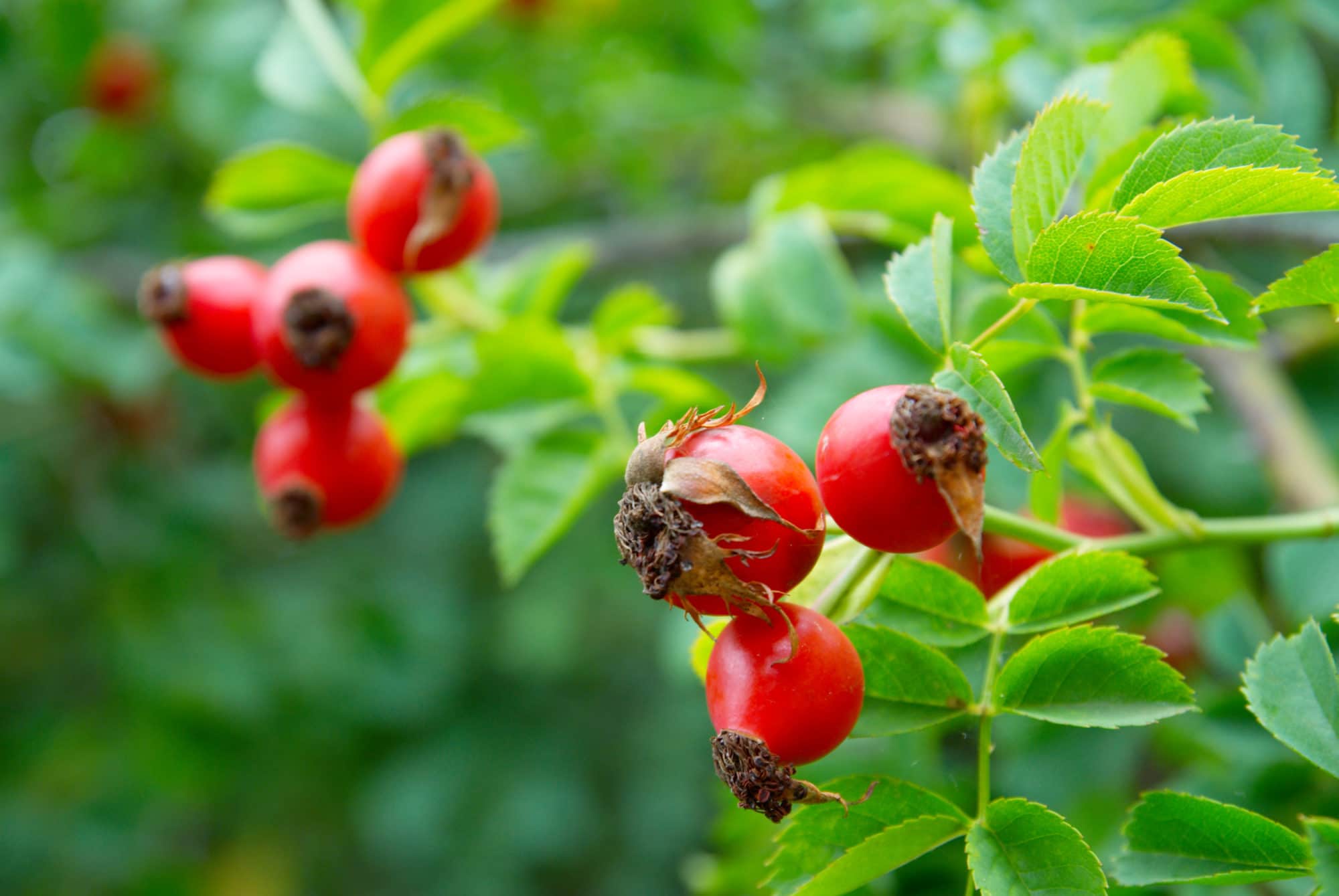
10. Mineral Oil
Mineral oil, a byproduct of petroleum distillation, has a comedogenic rating of 0-1, indicating a low likelihood of clogging pores. However, its occlusive nature can still be problematic for oily skin types. Mineral oil forms a barrier on the skin surface, which can:
- Trap heat and sweat
- Prevent the skin from “breathing”
- Interfere with the skin’s natural exfoliation process
While mineral oil is chemically inert and unlikely to cause allergic reactions, its film-forming properties can exacerbate oiliness and lead to congestion in acne-prone skin.
Non-Comedogenic Oils for Oily Skin
Here are some non-comedogenic oils that can be beneficial for oily and acne-prone skin:
- Grapeseed Oil: Rich in linoleic acid, it’s lightweight and easily absorbed.
- Jojoba Oil: Closely mimics human sebum, helping to balance oil production.
- Rosehip Seed Oil: High in linoleic acid and vitamins A and C, it’s great for skin regeneration.
- Hemp Seed Oil: Contains a high percentage of linoleic acid and has anti-inflammatory properties.
What to Look Out For – How to Read Labels for Oily Skin
When shopping for skin care products, being vigilant about ingredients is crucial for those with oily skin. Avoiding certain oils is key to preventing skin issues. Let’s explore how to decipher product labels and identify oils that could compromise your skin’s clarity.
Navigating product labels requires a savvy approach. Look out for terms like “non-comedogenic” and “formulated for oily skin” to ensure thato the products you choose align with your oily skin goals. By mastering the art of label reading and familiarizing yourself with lightweight oils that are more suitable for oily skin, you can make informed decisions that promote a clear complexion.
Unlock the Secret to Oily Skin Care Success
When it comes to mastering pore decongestion, we’ve got you covered with some game-changing skin care tips for oily skin:
- Apply a lightweight facial oil, tailor made for oily skin.
- Opt for formulations containing white willow bark, neem, or black cumin seed oil.
- Procure products aligned with your skin profile. Sign up for our FREE skin consultation for a customized skin care routine.
- Employ stress management techniques to regulate sebum production. Explore the correlation between stress and skin.
Conclusion
Steering clear of oils that don’t align with your oily skin’s needs is a game-changer in the journey to a healthier-looking complexion. By recognizing the impact of specific oils and understanding their interactions with your skin, you’re empowered to make well-informed skin care choices. Remember, being selective about the oils you incorporate into your routine can lead to a happier, healthier skin journey, unveiling a radiant and clarified glow.If you struggle with addressing clogged pores, check out our Purify Collection for oily skin, full of totally natural yet effective formulas that cleanse, tone, and help balance the skin’s natural oils. Our gentle, plant-powered products, carefully crafted with skin-nourishing oils and synergistic herb-infusions, deliver results without compromising the health of your skin. Try it out today!
Choose the Facial Oil That Works for Your Skin Type How to Get Rid of Clogged Pores Why All the Fear Around Seed Oils in Skin Care? Reasons to Use Oil as your Face Moisturizer
FAQs About Oils and Oily Skin
1. Is it OK to use face oil on oily skin?
The use of face oil on oily skin might seem counterintuitive, but it’s not necessarily off the table. Selecting the right type of oil is crucial. Opt for lightweight, non-comedogenic oils like grapeseed or jojoba oil. These oils can help regulate sebum production without exacerbating pore congestion.
2. Can any oils benefit oily skin?
Surprisingly, some oils can actually be advantageous for oily skin. Look for oils that possess astringent and antibacterial properties, such as tea tree oil. These oils can aid in controlling excess oil and minimizing breakouts, providing a balanced and healthier complexion.
3. Are all essential oils bad for oily skin?
Not all essential oils are detrimental to oily skin. Essential oils like tea tree oil, known for their antibacterial properties, can be particularly helpful. However, proper usage and dilution are essential to avoid potential skin irritation. Understanding the specific benefits of certain essential oils can help harness their advantages for oily skin.
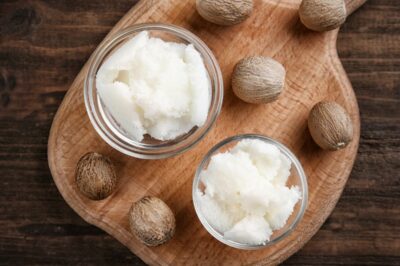

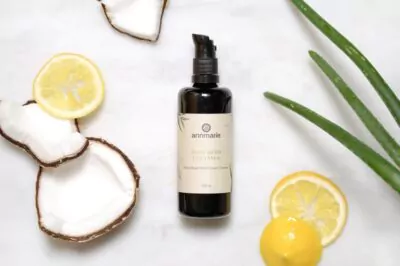
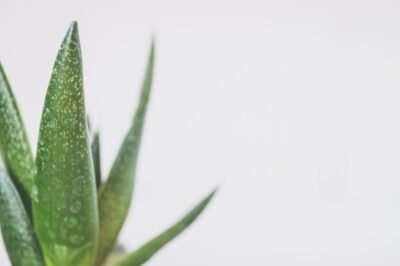
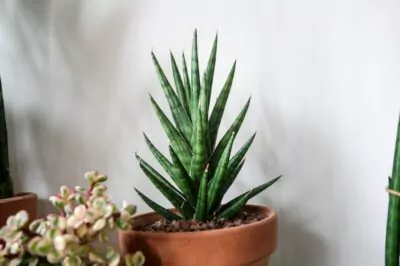
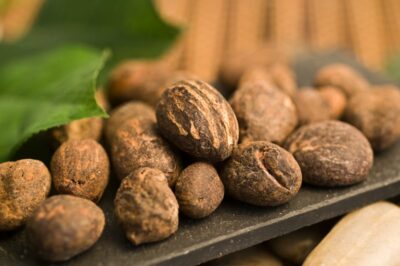
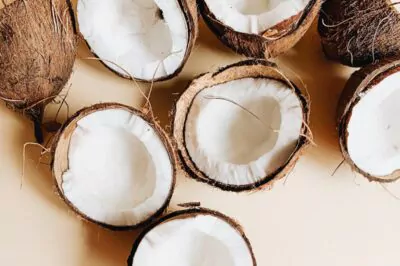
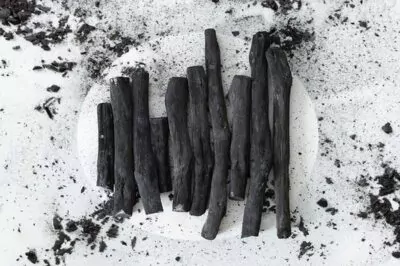
Use organic mustard oil for oily skin . It is perfect for the oily skin type . Or use Kumkumadi Oil (Ayurvedic face oil)
I just recently started using oils for my skin (im a male) because a few months ago I broke out with a huge body rash (scabies) but since been cured. Ever since then I’ve been trying to take the best care of my skin, I’ve bought alot of different oils (coconut, tea tree, sweet almond, vitamin e, jojoba, olive, eucalyptus, rose hip, cocoa butter) I’ve been testing them out to see which ones I like best.
I’ve been using coconut, sweet almond, vitamin e, and cocoa butter (I stopped using tree tea) as body oil to rid my skin of the dark spots I got from the rash, not all at once I alter between days. I use them just on the basis I think they smell the best but if anybody could recommend which oil would be best to remove dark spots I’d appreciate it.
I also been using vitamin e, rose hip, jojoba, eucalyptus, and tea tree on my face for acne and to remove blackheads (again not all once). I use vitamin e or rose hip after I shower in the morning and tea tree or eucalyptus before I go to sleep. I just bought jojoba and I’m going to begin to start using that but I would like to know which oils you would recommend for oily, acne prone skin.
I also been using tree tea and eucalyptus on my hands (eczema and herpetic whitlow) and im being to begin to start using olive oil as well. I apply them 3-4 times a day and have seen significant results but again I would like to know what you would recommend to use to help me with this problem.
Thank you, Sean
I tried reship oil just about a mont ago and my face has broken out in so much acne and whitehead since then:-(
Currently I am trying to just moisturize with honey each evening. Is that a good idea?
i LOVE grapeseed oil!! It is one of the only things that has been able to calm my sensitive, dry, and acne-prone skin. It has been a lifesaver!!
What would be the best oil for combination skin: skin that is both oil and dry. My daughter is having such a hard time lately. she is 14 and was having some issues with clogged pores and acne. We’ve tried fighting it with different natural masks, essential oils, and carrier oils. We discovered coconut oil didn’t work for her. Recently, in desperation we tried castor oil and jojoba oil mixed but heavier on the castor oil and it dried her skin making it red, itchy, dry, and painful and flaky, but she still has the acne. Ugh. Purchased grapeseed oil and rosehip oil, using those now with a drop of lavendar and frankincense and no tea tree oil for now (she thinks it’s drying, but i’m not sure). It’s also bitter cold right now so I think the cold air (and heat) is also contributing to the problem. I feel so bad for her!
Hey Claudia! Acne can definitely be a hard beast to tame, especially when you’re a teenager. We’ve all been there before & can totally sympathize!
Please check out the following article to learn what our recommendations would be for a blemish-prone skin type w/ combination skin. Hope it helps!
https://support.annmariegianni.com/hc/en-us/articles/202119724-I-have-oily-skin-and-or-acne-which-products-should-I-use-
xo- Michon
ASC Customer Happiness Team
Its weird to sesame oil on this list. Sesame seed oil is mixed but higher in linoleic acid. I use it for myself on my face and I have very oily skin. It shrinks my pores, improves my complexion, really helps with oil control throughout the day, and i feel like my breakouts (and scarring) go away quicker vs when I wasn’t using it.
That’s awesome that sesame oil works for you! Thanks for sharing 🙂 We put it on the list because it can be troublesome for certain people, and super beneficial for others (like yourself!).
Sesame oil on its own, i think , doesn’t work for me . I do full body massage with oil everyday before shower ( called abhyanga in Ayurveda) . Almond oil and mustard oil worked best for my oily skin and its not oily anymore . It improves the texture of skin too. However, I got scalp acne after using sesame oil . Maybe its the sesame oil or gluten , which I ate by mistake at a restaurent . Will try sesame again after curing ny scalp acne
Absolutely true..in ayurveda sesame oil/til oil is the best oil reccomended for skin or twacha
Organic sunflower seed oil is great for oily skin . I use it as a carrier oil or if my skin is irritated, as a basic nighttime moisturizer after spraying my face with an herb infused, probiotic water…. My uber oily skin loves it…
I have skin that is prone to clogged pores, but Coconut oil seems to work great for me. I only use as a makeup remover. Although, I don’t use it everyday. My other 2 favorites are Hempseed and Pumpkinseed Oil. They are non-comedogenic. I use them as a moisturizer and I don’t have a problem with clogged pores.
One of the best, non-comedogenic oils is Black Cumin Oil. Look it up. You will love it!
How about soybean oil? Is that a good oil to use on the face?
Totally up to you, Sasha! We do not have it in any of our products because we believe there are other, more beneficial oils out there that can be used in skin care products. There is also the risk of the soybeans coming from a GMO source.
Does Annmarie skin care make a body wash for easily clogged pores? My body wash has shea butter in it and now im worried since I get KP on my arms easily!
Hi…I’m trying to make a daily moisturizing cream that is not heavy nor oily. Anddd…. that is no easy feat! I tried a recipe with jojoba oil and Shea butter (along with other things) but it’s a tad shiny. Too much so for a daily moisturizer. What can I use instead?? ????
Yes Shea Butter has a 0 rating.
Quite confusing as many people say it helps acne and oily or combo skin,yet alot of skin experts say those with acne or sensitive skin should not use Shea Butter..
I’m confused she’s butter has a 0 comedogenic rating?
I’m 49. I’ve had clogged pores all my life. My skin used to be oily but has dried out as I’ve gotten older and I still have problem skin.
When I cut way back on dairy and carbs, added more water, and got more sleep, I saw some improvement but I’ve never been totally blemish free.
In the past I’ve tried several (organic and/or virgin) oils on my face: coconut, sesame, rice bran, and hemp.
They were all good moisturizers but ultimately didn’t do what I wanted and needed.
The rice bran oil felt really really good and made my skin super soft.
The coconut oil mostly sat on my skin and looked super oily even though I used it on damp skin.
The hemp oil felt good but seemed too heavy even when I only used a small amount.
The sesame oil felt good but…
None of them helped with my clogged pores or blemishes left behind.
I bought grape seed oil for my daughter’s new tattoo after researching it. What I read convinced me to also try it for my face. I’ve been using it for about a week. Seriously, I can already see improvement in this short period.
I add a few drops of lavender essential oil to it and use to moisturize after washing my face, morning and evening. (One drop of the essential oil in the morning; two in the evening, to help me rest better.)
My skin is super soft, my pores are less noticeable, and no oil slick on my face. Amazingly the dark spots seem to be shrinking inward from the outer edges.
I had a few dark spots on my cheek that were raised and hard. I knew the spots wouldn’t heal because whatever is hiding under the skin needs to heal first.
Well I’m happy to say that in the week I’ve been using the grape seed oil, those spots have softened and flattened out a bit.
Also, I usually wake up to several pimples every day. In the past week, I’ve woken to a total of two. Definitely an improvement.
I’m hoping this oil continues to work for me
Such great information. The reply with trying all the oils with results is also very very very helpful. My 12 year old granddaughter is having such a difficult time with acne. I am working with essential oils and making my own moisturizer, etc but still having some difficulty however she does not face her face as often as she should. So I am also fighting her routine. Just another teenager lol. Anyway thank you so much for your experience and expertise results!
I use jojoba oil! Was a staple for American Indians. Great for hair, skin, and nails. Very light, mixes well with other oils for homemade recipes. I put it on my face and neck after a shower then wipe my hands off on my fresh shampooed hair. Tames knots making for an easy comb out being that I don’t use conditioner. Used lightly excess tends to just disappear.
I have acne prone skin and I use avocado oil, but I mix it with lavender oil and it’s working great on my skin.
I’ve had acne scars for years and I noticed that they are fading. Plus my face has gotten smoother .
I’ve actually been using a mixture of Pumpkin seeds oil, tamanu oil, with a couple drops of frankincense and lavender.
I’ll put it on my face after I wash it, just a few drops onto my hands that I’ll pat on my face. I’ve only been doing this for the past week now, and I’m surprised at how well my skin has been behaving. I’m still working out the other kinks in my routine, but so far it looks like the oil is doing it’s job.
Tea tree oil is pretty amazing for a spot treatment as well. I’ll pair that up under a charcoal mask to zap troublesome spots.
And I just ordered a full bottle of the citrus cleanser, I’ve been trying a sample up until now, so we’ll see if that helps out even more. I’m excited to see the long term results.
Speaking of oils that are great vs. not good for acne prone skin, do you know which category black cumin oil would fall under?
Hi Anita,
I compiled a table of various oils and their oleic and linoleic content/ratio. Black cumin seed and Grapeseed oils have the same percentage of oleic acid. However, Black Cumin Seed oil has about 13% less linoleic acid. Here is my finding:
Black Cumin Seed Oil Grapeseed Oil
Oleic Acid: 21.7% 20.9%
Linoleic Acid: 53.08% 66.8%
Linoleic:Oleic Ratio 2.5 3.2
The two oils have slightly different Oleic and Linoleic Acid composition. Perhaps you could try the Black Cumin Seed oil and see how your skin likes it.
Hope this helps. 🙂
I recently discovered watermelon seed oil and find it really helpful as a topical treatment to help combat the build up of sebum in the pores on my nose.
Evening Primrose Oil is high in linoleic acid. However, I find when I take too much, I actually get acne. But not the usual acne. This acne sits underneath my skin on my cheeks, and I can tell the bumps are full of oil. It’s like oil deposits sitting under my skin. This happens when I take more than 500mg of Evening Primrose Oil at a time, or more than 2 doses a day. I absolutely love Evening Primrose Oil because it completely takes away my cramps during my menstrual cycle. It also makes my skin feel buttery smooth. But, I still get acne, so I’m pretty sure my acne is not caused from a linoleic acid deficiency.